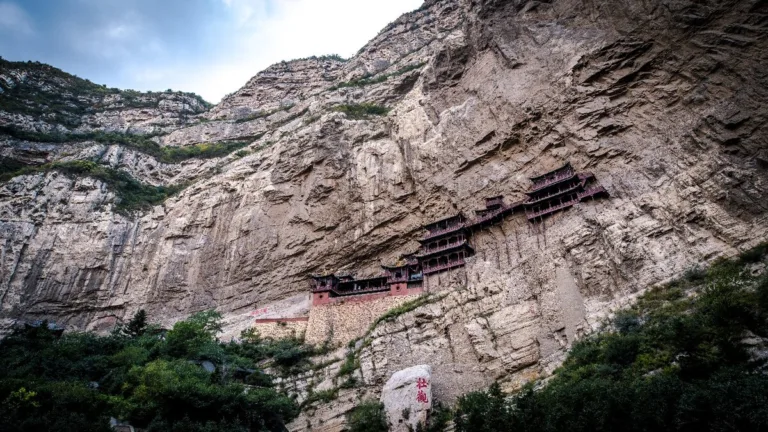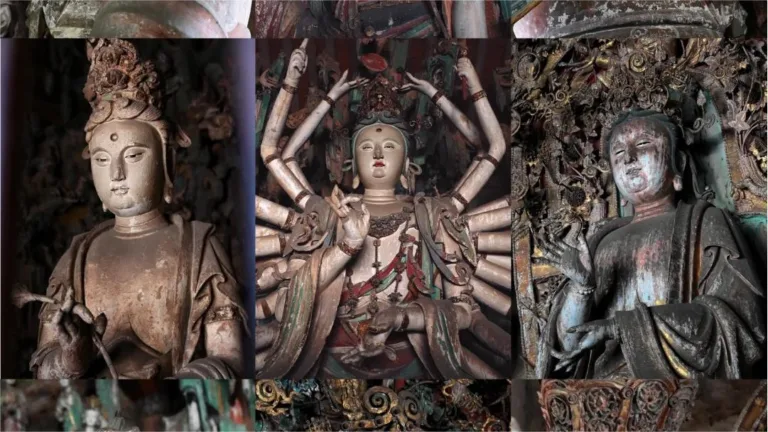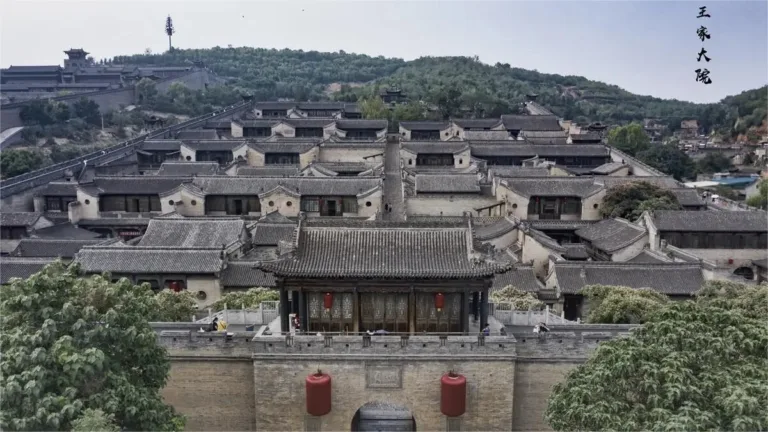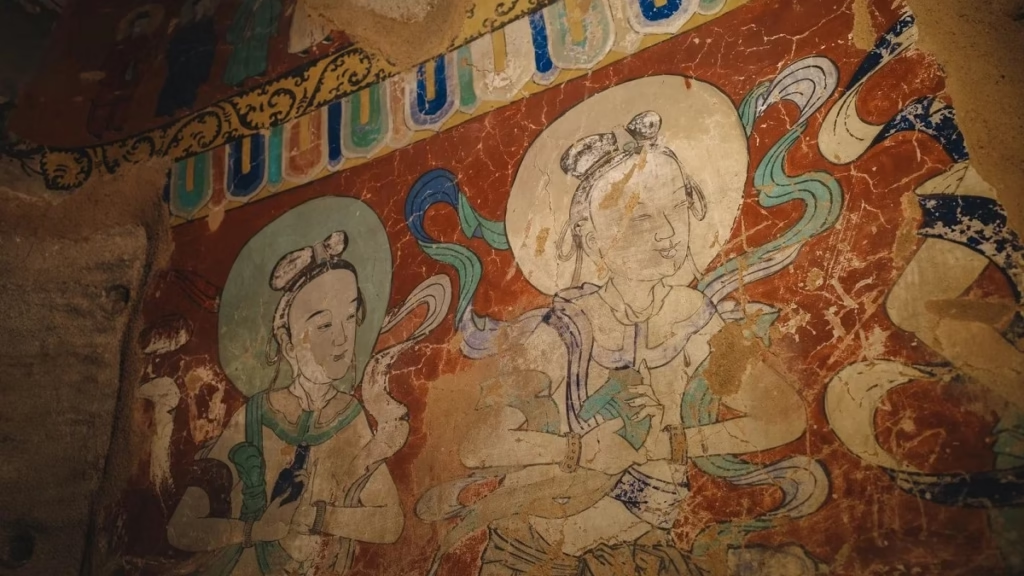
Shanxi, located in the northern part of China, is rich in cultural heritage and boasts numerous well-preserved historical sites. The province is home to ancient relics, including the grand mansions of the Jin merchants, who once flourished as some of the wealthiest in China. The Emperor Shunzhi, who was more enamored with beauty than power, famously became a monk at Mount Wutai in honor of his love for Dong Xiaowan. Once the capital of an ancient dynasty, Datong may no longer hold the same imperial status, but the Yungang Grottoes with their vivid Buddhist statues still seem to echo the grandeur and glory of the past, preserving myths that transcend time.
Pingyao Ancient City, with its untouched charm, feels like a living history book. Tranquil and serene, it is an ideal place to sip tea along the Ming and Qing streets and immerse oneself in the peaceful and timeless stories of the old city. Shanxi is a place where culture and history meet, offering visitors a chance to step back in time.
The province is also home to breathtaking natural landscapes. The Hukou Waterfall, the largest yellow waterfall on the Yellow River, is a must-see sight, along with other seasonal phenomena such as the “Peach Blossom Flood” in April and May, and the “Hukou Autumn Wind” in September and October, both of which present striking natural spectacles.
Most Popular Shanxi Attractions
Tourist Attractions in Shanxi Cities
Detailed Shanxi Itineraries
Best Time to Visit Shanxi
Spring (March – May): Spring in Shanxi can be unpredictable, with fluctuating temperatures and occasional sandstorms. However, this is an excellent time to visit the Hukou Waterfall, especially in April and May when the “Peach Blossom Flood” occurs, creating a stunning and spectacular view. The combination of blooming flowers and the powerful waterfall offers a unique sight.
Summer (June – August): Summer is hot and rainy, but it’s a great time to explore Jinzhong and its famous Shanxi Cave Dwellings (“yaodong”), which are known for their comfortable temperatures – warm in winter and cool in summer. If you’re looking for cooler temperatures, head to Mount Wutai, one of China’s four sacred Buddhist mountains, where the climate is refreshingly cool, and the scenery is at its peak with lush green peaks.
Autumn (September – November): Autumn is the most pleasant time to visit Shanxi, with mild, comfortable temperatures that are neither too hot nor too cold. This is the best season to visit Hukou Waterfall again, especially during September and October when the “Hukou Autumn Wind” occurs. During this time, the water flow is high and stable, and the waterfall can reach up to 1,000 meters in width, offering the most spectacular views of the waterfall.
Winter (December – February): Winter in Shanxi is cold and dry, but it’s a perfect time to visit the province’s cultural sites. The Pingyao Ancient City, Qiao Family Courtyard, and Wang Family Courtyard are all excellent choices for exploration during the winter months. Additionally, during the Chinese New Year, Shanxi’s traditional temple fairs and festivals, such as the “Pingyao Chinese New Year” celebrations, provide an opportunity to experience local culture and festive atmosphere.


























